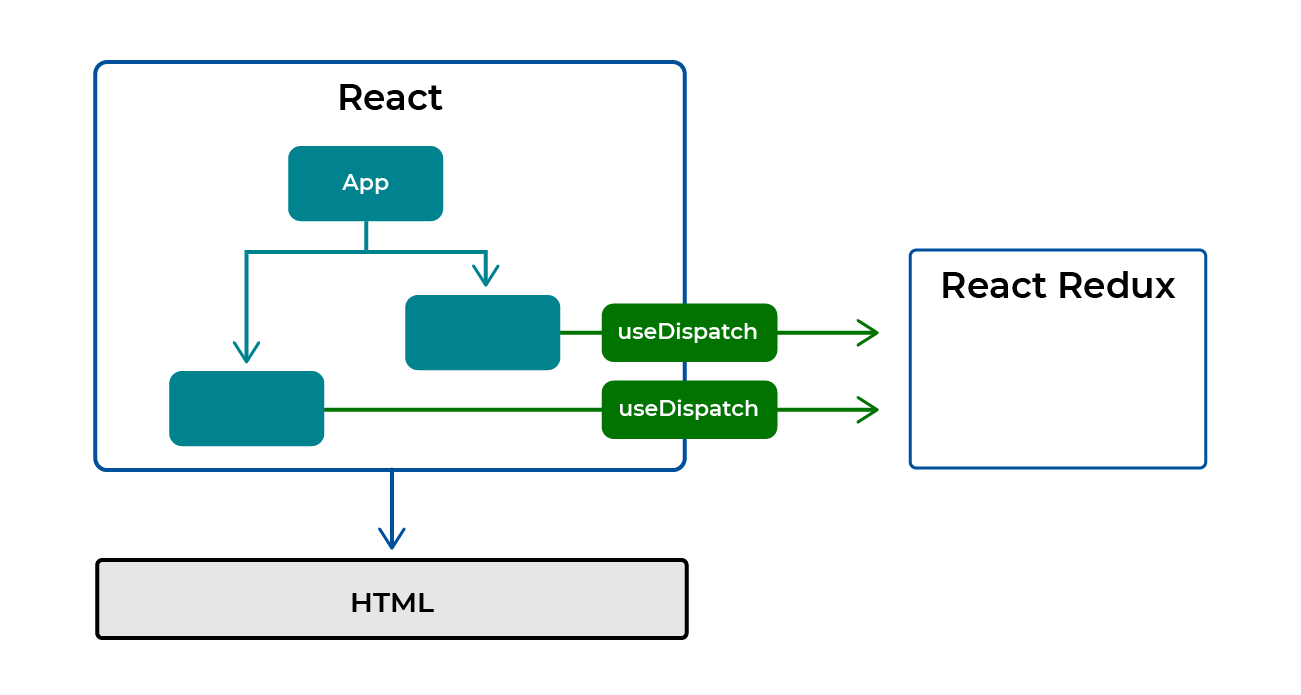

- #Redux useselector how to#
- #Redux useselector update#
- #Redux useselector code#
- #Redux useselector series#
We’re gonna split up our previous selector into a couple atomic, tiny selectors too. Moving on, let's see how we're going to organize our components. Then you can use the createSelector function provided by reselect to create a memoized selector. I've covered the topic in depth in another tutorial, Stateful vs.

They pass the data that needs to be rendered to the dumb components as props. The container components, on the other hand, deal with the behavioral part and should contain very limited DOM markup and style. They don't care if your application is connected to a Redux store if the data is coming from the local state of the parent component. They are decoupled from the business logic of the application and receive data and callbacks from a parent component exclusively via props. The presentational components are said to be dumb because they are concerned about how things look. The benefit of this approach is that the behavior logic is separated from the view. Recall that we created two separate directories for components, one named containers/ and the other components/. This is a concept that you've probably heard of before, but let's have a quick look at the difference between smart and dumb components. Designing a Component Hierarchy: Smart vs. If you're curious to know how the application looks by the end of this tutorial, try the v2 branch.
#Redux useselector code#
Grab the code from the main branch and use that as a starting point for this tutorial. The code for the tutorial is available on GitHub in the react-redux-demo repo.
#Redux useselector how to#

In the previous post, we started building a contact list application that lets you add contacts and then displays them as a list. In the first post, we learned about the Redux workflow and answered the question, Why Redux? We created a very basic demo application and showed you how the various components of Redux-actions, reducers, and the store- are connected.

If you're here to learn about using React with Redux, you can take the Quick Recap below and then check out the code from the previous part and start from there.
#Redux useselector series#
You don't need to have followed the previous parts of this series for this tutorial to make sense. Redux is used by ReactJS for building the user interface and to manage the application state. And it works flawlessly with React because of its functional approach. Redux is an independent library that works with all the popular front-end libraries and frameworks. Start by importing useSelector from ‘react-redux’.This is the third part of the series on Getting Started With Redux, and in this tutorial, we're going to learn how to connect a Redux store with React. The useSelector hook is how we are going to mimic the mapStateToProps function in our component. When using Hooks however we need to do things a little differently.
#Redux useselector update#
This is the standard Redux setup, where we use mapStateToProps to get access to properties on the Redux store available to our component as props, and then dispatch actions to our reducer (also available as props) in order to update those properties. I know two ways of testing these: 1) I can mock the store using redux-mock-store and then wrap this component under provider component.


 0 kommentar(er)
0 kommentar(er)
